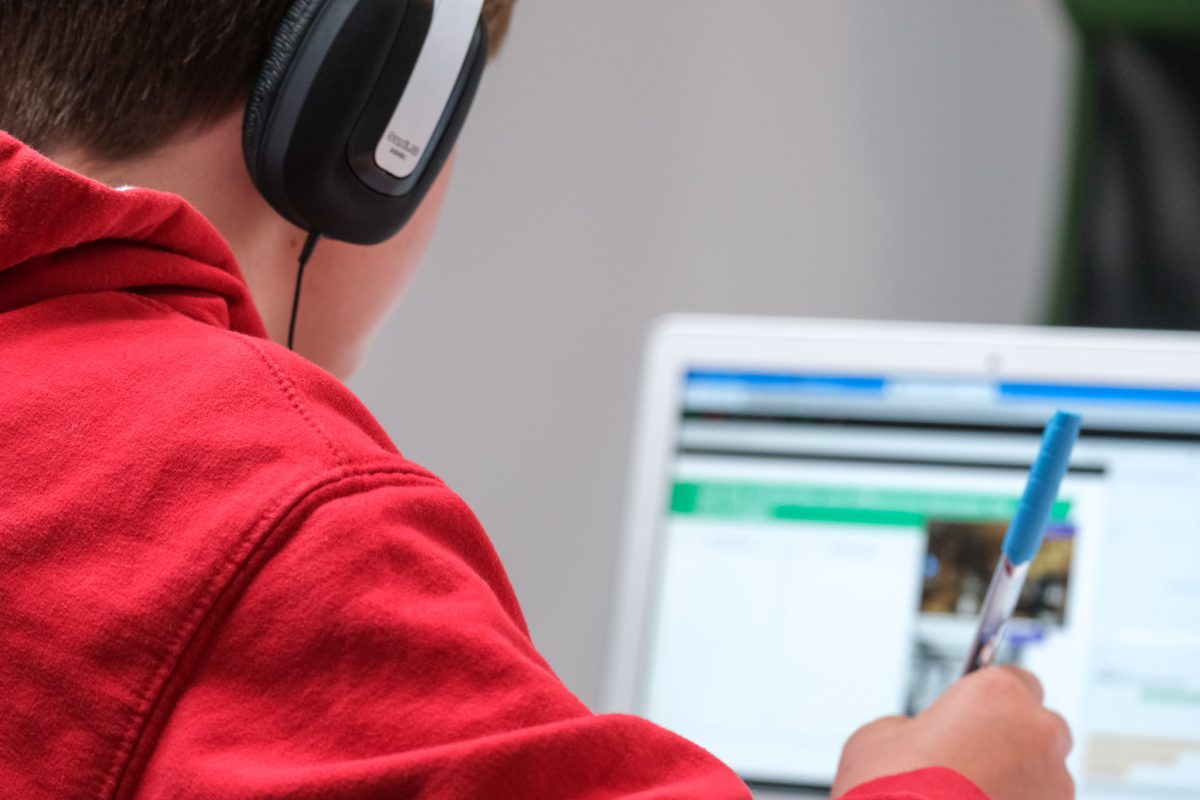Table of Contents
What Is Mobile Learning?
Mobile learning is a form of learning that uses mobile devices such as smartphones and tablets to acquire knowledge and skills. This allows students to access information anytime, anywhere, giving them greater flexibility and autonomy in their learning process.
This concept will make it possible to exploit one of the most potent advantages of e-learning: learning is not restricted to time and space but rather is a perennial process. The best way to address this challenge is through an autonomous and gamified e-learning platform.
Relationship Of Mobile Learning With E-learning
Mobile learning, also called m-learning, is an extension of e-learning. It is characterized by using mobile devices like smartphones, tablets, or laptops. This quality allows you to provide access to education and learning anywhere, anytime.
But is it okay to adapt a web design to so many devices? You usually have this concern.
User interface elements such as images, videos, buttons, and text automatically adapt to the user’s screen and device. The result is a consistent and engaging mobile learning experience on any device. Among other advantages of teaching through mobile phones are:
- Autonomy: Students can access the content at their own pace from any available hardware. This is especially important in adult education.
- Immediate interaction: students interact and receive immediate feedback in real-time. It covers communication through chats, forums, or instant messaging platforms. It is also reflected in the automatic input of learning activities such as quizzes, games, or simulations.
- Gamify teaching: the great challenge of completing online training lies in making it entertaining. Through interactive games, quizzes, and trivia, the student has fun while learning.
Advantages of Mobile Learning
Online learning on mobile has several advantages compared to traditional ways of teaching. They have continued providing benefits since they erupted in the pedagogical panorama. Learning e-learning courses with a mobile phone outperforms lifelong face-to-face courses in these six aspects:
- Flexibility: Students can access online learning materials and activities anytime and from anywhere. This allows them to study in a personalized way.
- Accessibility: any mobile with an Internet connection becomes a window to learning. Today, much of society uses these devices more than the rest.
- Time and money savings: apprentices do not have to travel to a physical study point, which significantly reduces costs.
- Continuous updating: something unthinkable at other times. The content is constantly updated, which means access to the most recent and relevant information.
- Interactivity: Online activities, group discussions, and games can increase student engagement and motivation.
- Resource savings: are you considering assembling your e-learning course? This transmission of knowledge saves costs in teaching material, transport, and accommodation. It can be vital to the profitability of an educational business.
Implement Courses Adapted To Mobile Learning.
To be successful in an educational venture, it is crucial to include a responsive design and gamification of the content. Developing content to teach online is another essential step. To this end, the following steps are usually followed:
- Define the objectives: It is necessary to define the specific goals of the course and the target audience to which it is directed. The design of the contents must be ordered according to the acquired competencies and configure activities consistent with them.
- Design the contents: The contents and activities of the course must be designed, considering the objectives and the target audience. Different types like text, images, videos, animations, and others can be used.
- Develop resources: This refers to all the materials that will be used in the course, such as content, activities, and assessments, among others.
- Produce the contents: The contents of the course must be produced, whether in text, images, or videos, among others. Opting for alternatives without the need for coding is preferable, which speeds up its implementation.
- Platform configuration: Intuitive platforms make myriad configuration options available to the teacher, from Virtual Classrooms to meetings by Zoom or Teams.
- Carry out tests: It is crucial to carry out tests of the course before its launch to detect possible errors and elements to improve.




